If you are having trouble getting your Raspberry Pi Ethernet to work, don’t worry – you’re not alone! This is a common issue that many people experience. In this blog post, we will discuss some of the most common causes of this problem and how to fix it. We will also provide some tips for troubleshooting your Raspberry Pi Ethernet connection.
What Is Raspberry Pi?
It is a capable little device that enables people of all ages to explore computing, and to learn how to program in languages like Scratch and Python. It’s affordable, yet packed with features – making it perfect for students, hobbyists, scientists, and anyone who wants to experiment with computing.
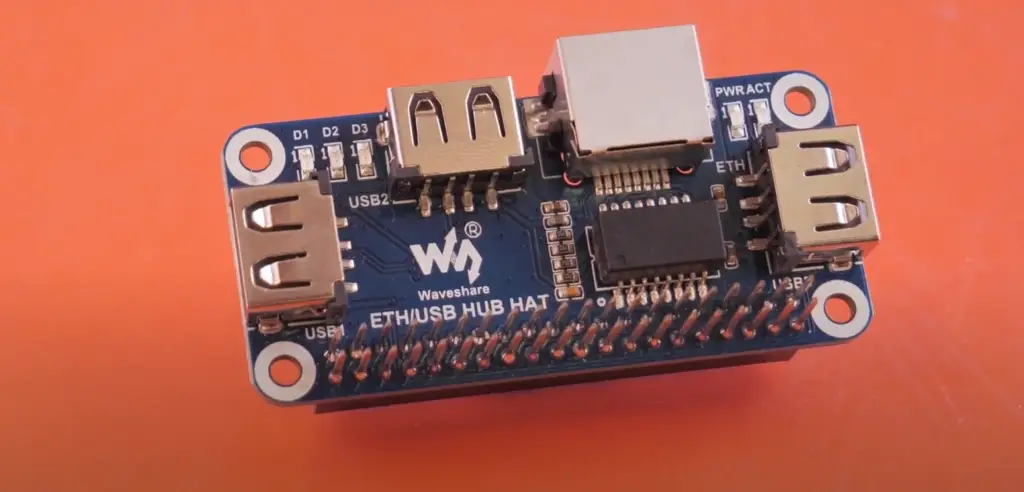
Raspberry Pi comes with two models: Model A and Model B. Model A has one USB port, while model B has two USB ports. The latest model also includes an Ethernet port. [1]
Can Raspberry Pi 4 Connect to Ethernet?
The short answer is yes. The new Raspberry Pi 4 Model B was released on June 24, 2019 and includes a faster processor, more RAM, and supports gigabit Ethernet (up to full speed). The PoE HAT allows the Raspberry Pi 4 to be powered via Power over Ethernet. [2]
Reasons Why Your Raspberry Pi Ethernet Not Working
If your Raspberry Pi is not working, it could be because of any number of reasons. Maybe the power supply is not providing enough power. Maybe the SD card is not inserted correctly. Maybe the Ethernet cable is not plugged in correctly. Or, maybe there is a problem with the network itself.
Raspberry Pi Ethernet Not Working: Possible Solutions
Check the Ethernet Port and Cable
If you’re getting no network activity at all, the first thing you should do is check that your Ethernet port and cable are working properly. To do this, unplug the Ethernet cable from your Raspberry Pi and plug it into another device, like a laptop or desktop computer. If the other device can get online, then the problem is with your Raspberry Pi. If not, then the problem is with your Ethernet cable or port.

Check Your Network Settings
If you’re able to get a connection on another device but not on your Raspberry Pi, then the next thing you should check is your network settings. Make sure that your Raspberry Pi is set to use DHCP so that it can automatically obtain an IP address from your router. You can check your network settings by running the command “ifconfig” from the terminal. If you see an IP address listed next to “inet addr,” then your Raspberry Pi is set to use DHCP.
Check Your Home Network for Issues
It’s also possible that the issue isn’t with your Raspberry Pi at all, but with your home network. If you’re able to connect to other devices on your network but not to the internet, then the problem is likely with your router or modem. Try restarting your router and modem to see if that fixes the problem.
Check for Hardware Issues
If the above troubleshooting methods haven’t worked, it’s likely that there is a hardware issue with your Raspberry Pi. If you have another Ethernet cable or port, try replacing the one that isn’t working. If that doesn’t fix the problem, you might need to get a new Raspberry Pi.
Reinstall Raspbian
If you’re still having trouble getting your Ethernet connection working, then the last resort is to reinstall Raspbian. This will erase all of the data on your SD card, so be sure to back up any important files first.
Power-Saving Mode
One final thing to check is that you don’t have the Ethernet port set to power-saving mode. This can cause problems with some routers and Ethernet cables. To check this, run the command “sudo ethtool -s eth0 wol g” from the terminal. If you see the output “WOL not supported on device,” then power-saving mode is disabled and you can move on to other troubleshooting steps.
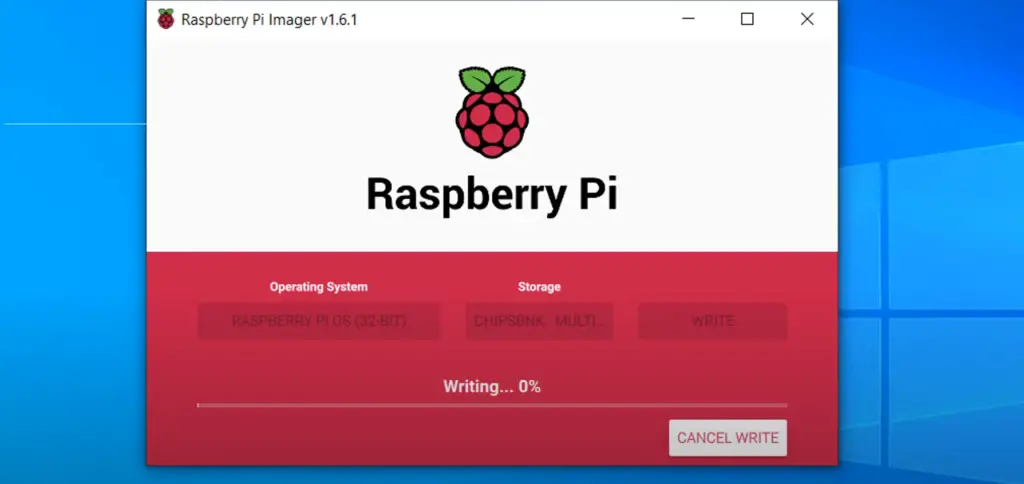
Hardware Issues
If you’ve tried all of the above and still can’t get your Ethernet connection working, then it’s possible that there’s a hardware issue with your Raspberry Pi. Try replacing the Ethernet cable or port if you have another one available. If that doesn’t work, then you may need to replace your Raspberry Pi itself.
Reinstall Raspbian
If you’re still having trouble getting your Ethernet connection working, then the last resort is to reinstall Raspbian. This will erase all of the data on your SD card, so be sure to back up any important files first. [3]
How Do I Reset My Raspberry Pi Ethernet?
If your Raspberry Pi Ethernet is not working, you may need to reset it. To do this, simply unplug the power cord from the Raspberry Pi, then plug it back in. This will reset the Ethernet connection and should fix the problem.
If your Raspberry Pi Ethernet is still not working, you may need to try a different Ethernet cable. Sometimes, the cable can become loose or damaged, which can cause problems with the connection. Be sure to check the cable for any damage before trying another one.
You may also need to check the settings on your router. If you are using a static IP address, be sure that the settings are correct. If you are using DHCP, make sure that the DHCP server is turned on and that the Raspberry Pi is set to receive an IP address from the DHCP server. [4]
How Do I Change My Raspberry Pi From Wifi To Ethernet?
If you need to change your Raspberry Pi from wifi to Ethernet, you can do so by following these steps:
- First, unplug the power cord from the Raspberry Pi.
- After that, take the SD card out of the Raspberry Pi.
- Then, insert the SD card into your computer and open it up.
- Find the file called “wpa_supplicant.conf” and open it in a text editor.
- Find the line that says “country=XX” and replace XX with your country code. For example, if you are in the United States, you would replace XX with US.
- Save the file and close it.
- Now, reinsert the SD card into the Raspberry Pi and plug in the power cord.
- The Raspberry Pi will now boot up and connect to the internet using Ethernet.
How Do I Connect My Raspberry Pi To My Router?
If your Raspberry Pi is not connecting to your router, it is most likely due to a problem with your Ethernet cable. We recommend that users of newer models of the Raspberry Pi use a Cat 5 or Cat 6 Ethernet cable. The older models of the Raspberry Pi aren’t compatible with Cat 5 cables. Ensure that your Ethernet cables are plugged in securely to both the Raspberry Pi and the router.
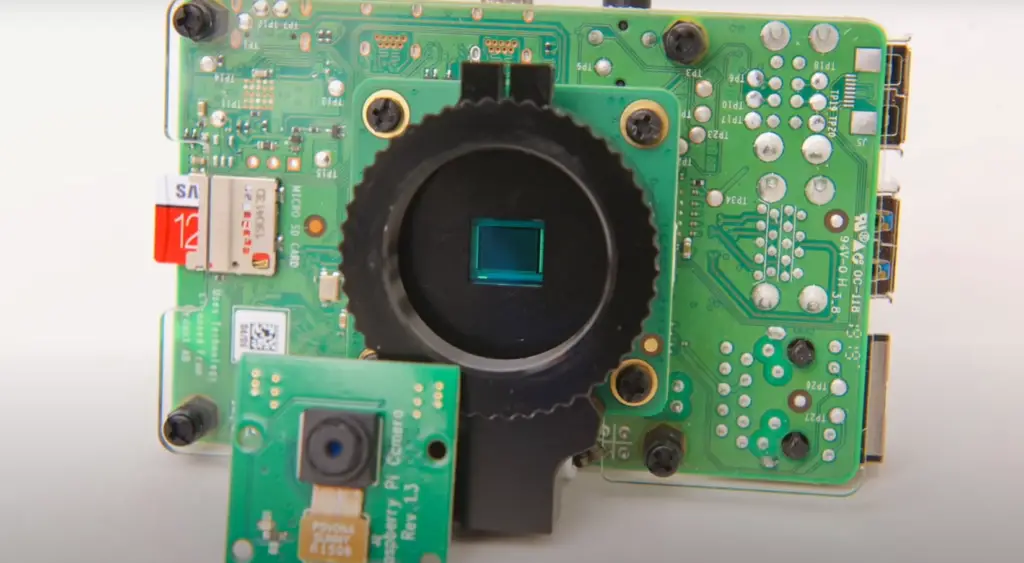
If your Ethernet cable is plugged in but you still can’t connect to the internet, try rebooting both your Raspberry Pi and your router. If that doesn’t work, try resetting your network connection on the Raspberry Pi. To do this, open the Terminal and type:
sudo /etc/init.d/networking restart
If you are still having trouble connecting to the internet, check your router’s documentation to see if there are any special settings that need to be configured for the Raspberry Pi. [5]
What to Do If Your Ethernet Cable Is Not Plugged In?
Unless your Ethernet cable is plugged in, you will not have internet access.
If you are using a newer model of the Raspberry Pi, it is recommended that you use a Cat 5 or Cat 6 Ethernet cable. Older models of the Raspberry Pi may only work with Cat 5 cables.
How Do You Start Your Raspberry Pi 4 in Safe Mode?
If your Raspberry Pi 4’s Ethernet isn’t working, you may need to start it in safe mode. Here’s how to do it:
- Connect your Raspberry Pi 4 to a monitor and keyboard.
- Press the F4 key on your keyboard to boot into recovery mode.
- Select the “Enable Networking” option.
- Exit recovery mode and reboot your Raspberry Pi 4.
Your Ethernet should now be working! If not, you may need to try another troubleshooting method.
Things to Know About Raspberry Pi
The Raspberry Pi series of single-board computers were developed in the United Kingdom by the Raspberry Pi Foundation, with the goal of promoting basic computer science education in schools and underdeveloped countries.
The original model was so popular that it began being sold outside its target market for other applications, like robotics. It does not include peripherals (such as keyboards and mice) or cases. However, some accessories have been included in several official and unofficial bundles.
Raspberry Pi Zero is half the size of Model A+, with twice the utility.
The newest product from Raspberry Pi, Zero is smaller than Model A+ at 65mm x 30mm x 5mm. But that doesn’t mean it isn’t powerful — with a 1GHz single-core CPU and 512MB of RAM, Zero is capable of running many of your favorite applications.
How Long Does a Raspberry Pi 4 Take to Boot?
The time it takes for a Raspberry Pi 4 to boot varies depending on the operating system you’re using. Raspbian, the official operating system for the Raspberry Pi, typically boots in under 30 seconds. Other operating systems, such as Ubuntu MATE, can take up to 1 minute or more to boot.
How Do You Shutdown a Raspberry Pi?
There are two ways to shutdown a Raspberry Pi: through the graphical user interface (GUI) or the command line interface (CLI).
To shutdown your Raspberry Pi through the GUI, go to the main menu and click on the “Shutdown” button. A confirmation window will appear; click on the “Yes” button to confirm. Your Raspberry Pi will then begin shutting down.
To shutdown your Raspberry Pi through the CLI, simply type the following command: sudo shutdown now. Your Raspberry Pi will then begin shutting down. [6]
Can You Boot My Raspberry Pi from USB?
Yes, you can! Follow these steps to boot your Raspberry Pi from USB:
- Connect your USB drive to your Raspberry Pi.
- Open the “Boot” menu in the Raspberry Pi Configuration tool and select “USB Device”.
- Save your changes and reboot your Raspberry Pi. Your USB drive should now be booting!
As you can see, there are a few things to keep in mind when troubleshooting your Ethernet connection on a Raspberry Pi 4. Hopefully this article has helped you get Ethernet working on your Raspberry Pi 4!
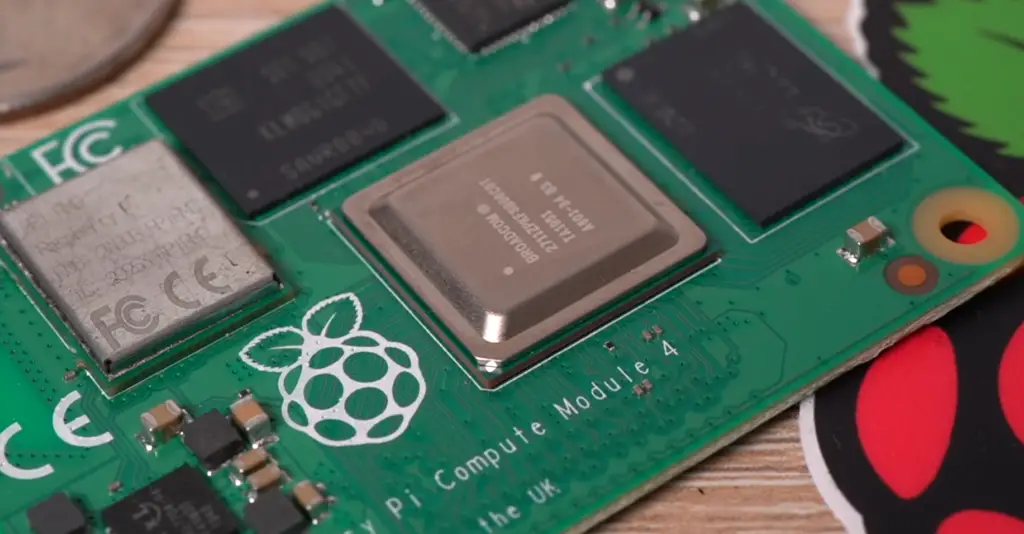
Does Raspberry Pi Have a BIOS?
No, Raspberry Pi does not have a BIOS. The Raspberry Pi Foundation chose to avoid using a BIOS in order to reduce the complexity of the system and to make it more open. This means that there is no way to change the boot order of devices, or to change other low-level settings.
How Do You Update Your Raspberry Pi?
New versions of the operating system are released regularly, bringing new features and security updates. Here’s how to update your Raspberry Pi:
- Connect your Raspberry Pi to the internet.
- Open a terminal window and type sudo apt-get update.
- Type sudo apt-get upgrade and press Enter.
- Wait for the updates to finish installing, then reboot your Raspberry Pi.
FAQ
How do I get my Raspberry Pi to work with Ethernet?
There are a few things you can do to troubleshoot your Raspberry Pi Ethernet connection. First, check that your Ethernet cable is plugged in properly and that the lights on the Ethernet port are lit up.If the lights are not lit up, try plugging the cable into another Ethernet port on your router or switch.If the lights are still not lit up, try plugging the cable into another computer to see if it works. If none of these troubleshooting steps work, you may need to replace your Ethernet cable.
How do I reset my Raspberry Pi Ethernet?
If your Raspberry Pi Ethernet is not working, you can try resetting the Ethernet port. To do this, unplug the power cord from the Raspberry Pi and then plug it back in. Once the power is back on, try using the Ethernet again.
How do I connect my Raspberry Pi to WiFi?
To connect your Raspberry Pi to WiFi, you will need a WiFi adapter. There are many different types of WiFi adapters available, but we recommend using a USB WiFi adapter. Once you have a WiFi adapter, you can follow these instructions to connect your Raspberry Pi to WiFi.
How do I change my Raspberry Pi from WiFi to ethernet?
To change your Raspberry Pi from WiFi to Ethernet, you will need to open the network settings. To do this, go to the Raspberry Pi Menu and select Preferences > Network Connections. From here, you can disable the WiFi connection and enable the Ethernet connection.
How do I find the IP address of my Raspberry Pi using ethernet?
If you are connected to the Raspberry Pi using Ethernet, you can find the IP address by running the command ifconfig. This will display all of the network information for your machine, including the IP address.
How do I turn off eth0 on Raspberry Pi?
To turn off eth0 on Raspberry Pi, you will need to open the network settings. To do this, go to the Raspberry Pi Menu and select Preferences > Network Connections. From here, you can disable the Ethernet connection.
How do I enable DHCP on Raspberry Pi?
If your Raspberry Pi is not assigned an IP address by your router, you can enable DHCP on the device to make it easier to connect to a network. To do this, open the interfaces file with a text editor:sudo nano /etc/network/interfacesFind the line that reads “iface eth0 inet manual” and change it to “iface eth0 inet dhcp”. Then save and close the file. You will need to reboot your Raspberry Pi for the changes to take effect. If you still can’t connect to the network after enabling DHCP, try setting a static IP address. This can be done by editing the interfaces file again and changing the “iface eth0 inet dhcp” line to “iface eth0 inet static”. Then, add the following lines to the file:address 192.168.1.100netmask 255.255.255.0gateway 192.168.1.1Replace the IP addresses with the ones that are appropriate for your network. Save and close the file, then reboot your Raspberry Pi. Now your device should be able to connect to the network using the static IP address you set.
Useful Video: How to Connect to a Raspberry Pi Directly with an Ethernet Cable
Conclusion
If your Raspberry Pi Ethernet is not working, there are a number of things you can try to fix the issue. First, check that your Ethernet cable is properly plugged in and that your router is turned on. If those two things are fine, then try rebooting your Raspberry Pi. If that doesn’t work, try changing the IP address of your Raspberry Pi. Finally, if all else fails, you can try resetting your Raspberry Pi to its factory settings. Hopefully one of these solutions will fix your problem and get you back online!
References
- http://www.yuvaengineers.com/raspberry-pi-credit-card-sized-single-board-computer/
- https://www.instructables.com/Set-Up-Raspberry-Pi-4-Through-Laptoppc-Using-Ether/
- https://windowsreport.com/raspberry-pi-no-connect-internet/
- https://raspberry-projects.com/pi/pi-operating-systems/raspbian/network-settings/reset-network-interface
- https://rimstar.org/science_electronics_projects/connect_to_raspberry_pi_via_ethernet_to_router.htm
- https://www.makeuseof.com/shutdown-raspberry-pi/





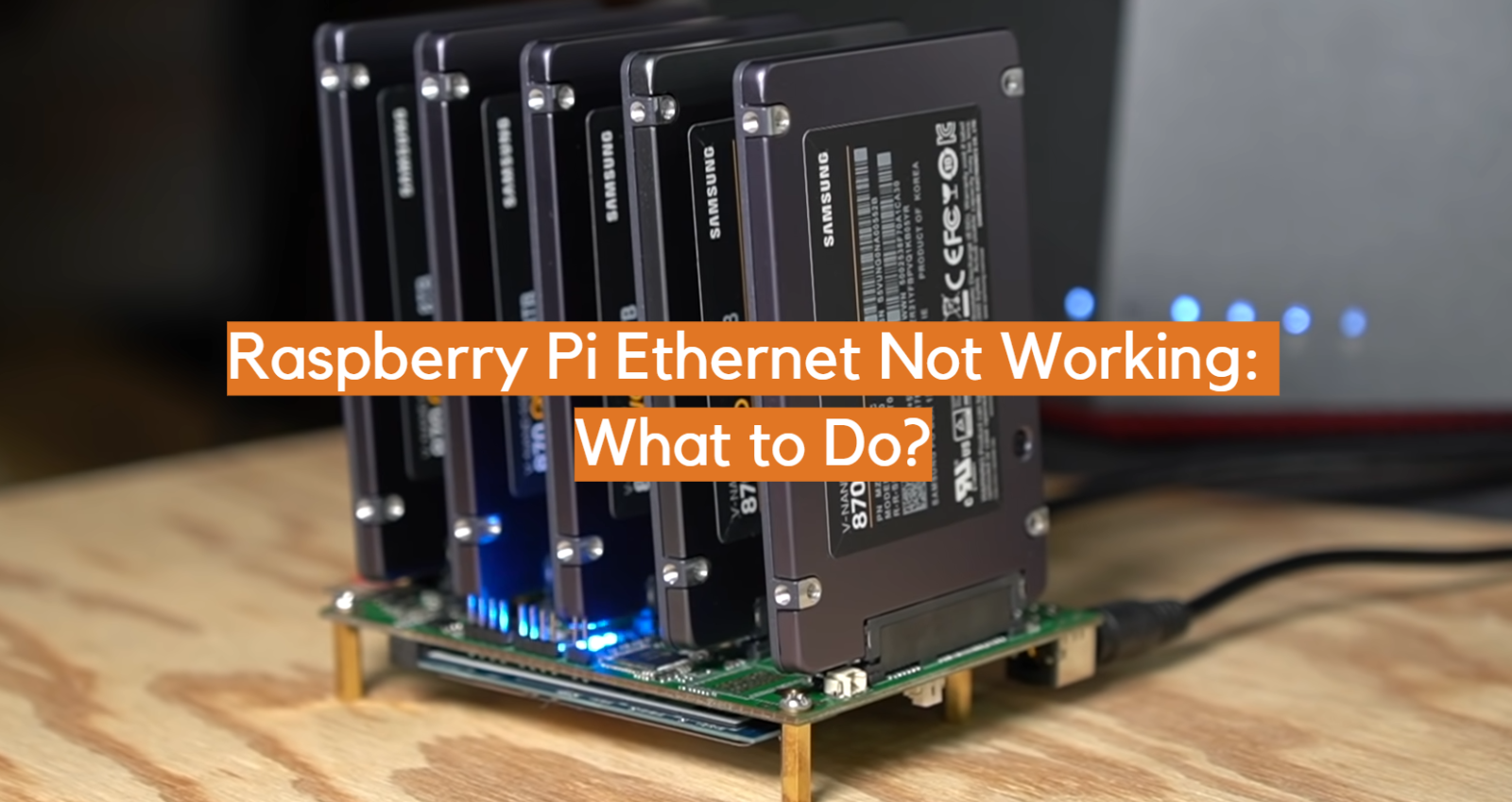







Leave a Reply